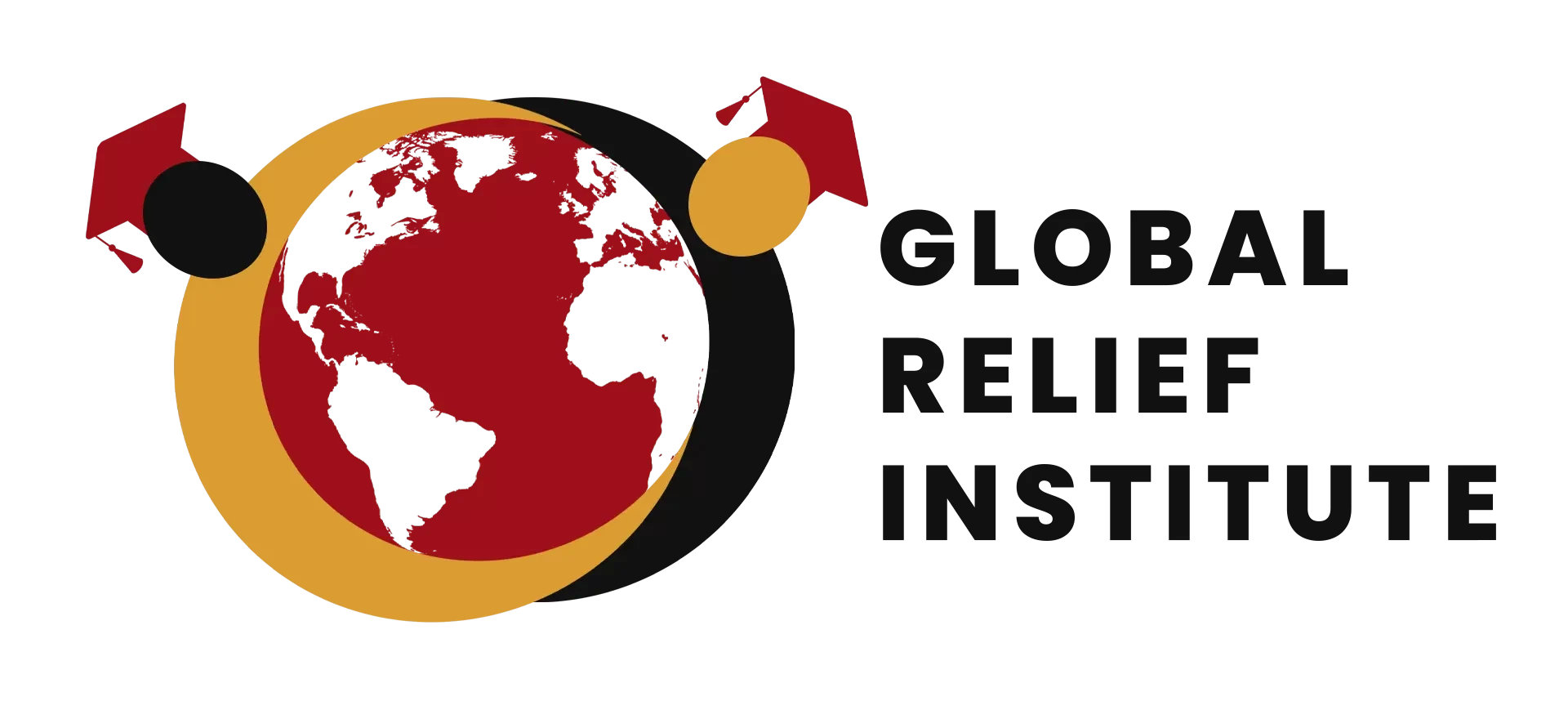Course Overview
According to the latest estimates of the WHO/UNICEF Joint Monitoring Programme for Water Supply and Sanitation (JMP), released in early 2013 (collected in 2011), 36 per cent of the world’s population – 2.5 billion people – lack improved sanitation facilities, and 768 million people still use unsafe drinking water sources. Inadequate access to safe water and sanitation services, coupled with poor hygiene practices, kills and sickens thousands of children every day, and leads to impoverishment and diminished opportunities for thousands more.
The course provides an understanding of WASH in the context of wider public health challenges and illustrates the practical interventions necessary to deliver on health and wider development/emergency needs.
Course Objectives
By the end of this course, a student assessed as competent against this qualification will be able to:
- Understand public health and appreciate the current and future disease burden in developing countries
- Correlate WASH and Environmental Health with Public Health (including nutrition) in the context of community development
- Understand the practicalities around community water supply, waste management (including drainage), and related environmental health issues for effective community hygiene promotion
- Examine indicators of performance in WASH and wider environmental health
Course Outline
- Introduction to Public Health Definitions and Concepts
- Global Disease Burden: A Review of Key Health Determinants – The Case of Developing Countries.
- Assessing Public Health Priorities in Emergency and Development Settings
- Effectiveness of WASH Interventions: The Evidence Base
- Direct Water Supply Interventions
- Types of Water Sources
- Water Source Protection
- Determining Water Quantity, Quality and Accessibility
- Rural and Urban Communities Sanitation Management
- Types of Wastes
- Waste Management
- Effective Community Hygiene
- Understanding Social Behaviour Change
- Key Community Hygiene Behaviors
- Sustainable Community Health/Hygiene: Mechanisms for Delivery and Measurement
- Typical WASH Aspects:
- Vector Control (Mosquitoes and other Flies)
- Housing and Settlement Planning
- Controlling Indoor Air Pollution.
- WASH Performance and Impact Measurement.
Assignments
In order to demonstrate their understanding of the course content, students will be required to submit three assignments.
DURATION: 3 Months
REGIONS TARGETED: Global
COURSE FEE: Euros 500
ORGANIZERS: Global Relief Institute
LANGUAGE: English
FORMAT: Online Learning GENERAL COURSE CONTACT: info@globalreliefinstitute.org
